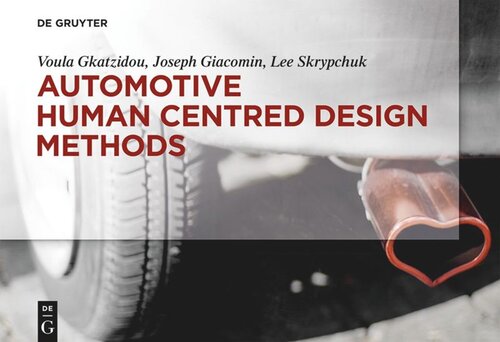

Most ebook files are in PDF format, so you can easily read them using various software such as Foxit Reader or directly on the Google Chrome browser.
Some ebook files are released by publishers in other formats such as .awz, .mobi, .epub, .fb2, etc. You may need to install specific software to read these formats on mobile/PC, such as Calibre.
Please read the tutorial at this link: https://ebookbell.com/faq
We offer FREE conversion to the popular formats you request; however, this may take some time. Therefore, right after payment, please email us, and we will try to provide the service as quickly as possible.
For some exceptional file formats or broken links (if any), please refrain from opening any disputes. Instead, email us first, and we will try to assist within a maximum of 6 hours.
EbookBell Team

4.1
30 reviewsThere is currently a great need for introductory materials to help professionals of all types to understand and deploy Human Centred Design (HCD) methods. This compendium, written in simple everyday language by authors who are experts in automotive ergonomics, UX and HMI, is inclusive and easily accessible.
The 21st century is characterised by ever greater reliance on the innovation paradigm of HCD. In many sectors, the practices of "technology push" and "market pull" have been giving ground to newer ways of innovating which are based more on careful attention to the characteristics and needs of people. Where ethnographic, ergonomic and UX practices were once the remit of only the design teams, the practices and values of HCD are now permeating widely, leading in many cases to business restructuring. The automotive sector, characterised by large and sophisticated organisations, and by more than a century of success, is one sector with extensive requirements for HCD methods.
This introductory book links the philosophy of the Human Centred Design innovation to the basic methods and simple everyday steps which can be taken to better understand customers and to better define briefs and tests. The book will prove a valuable reference to automotive designers who wish to more deeply integrate HCD into their everyday work, and to any professional who wishes to widen her or his skill set and understanding of HCD. The information regarding the selection of HCD methods, and their deployment, will provide a gentle introduction to the world of Human Centred Design.